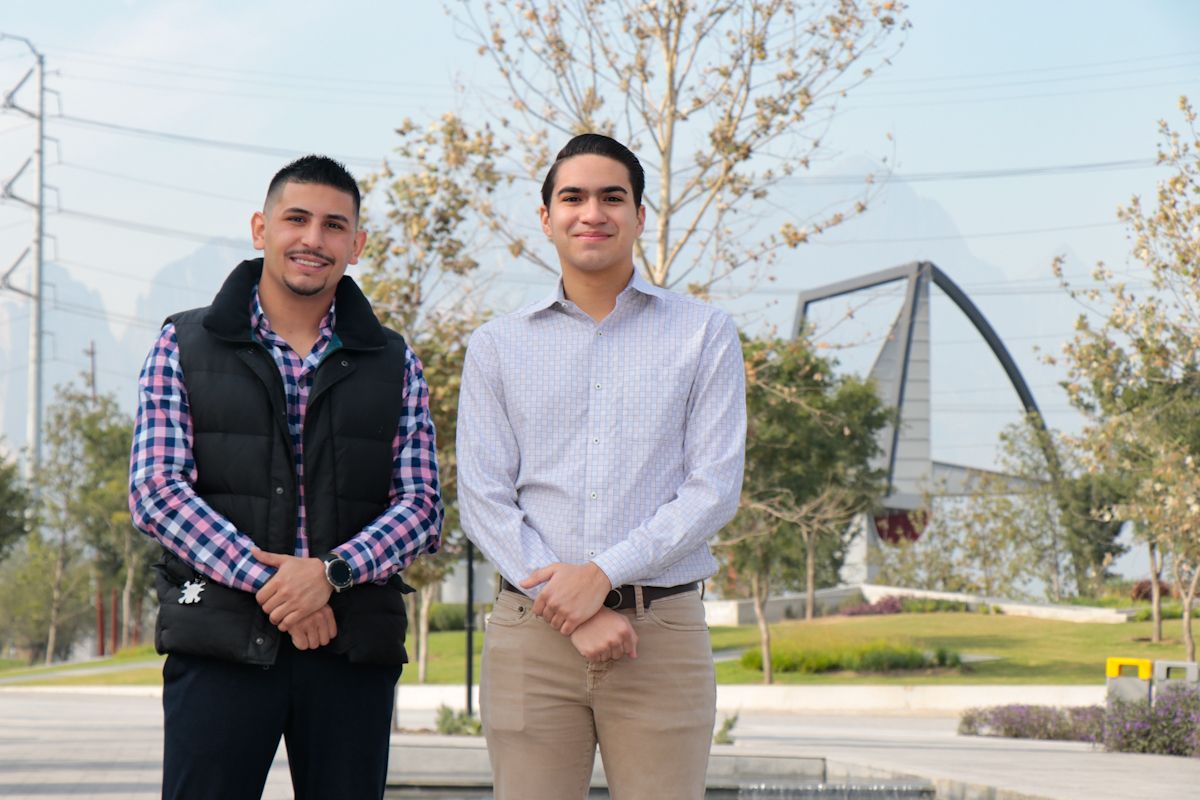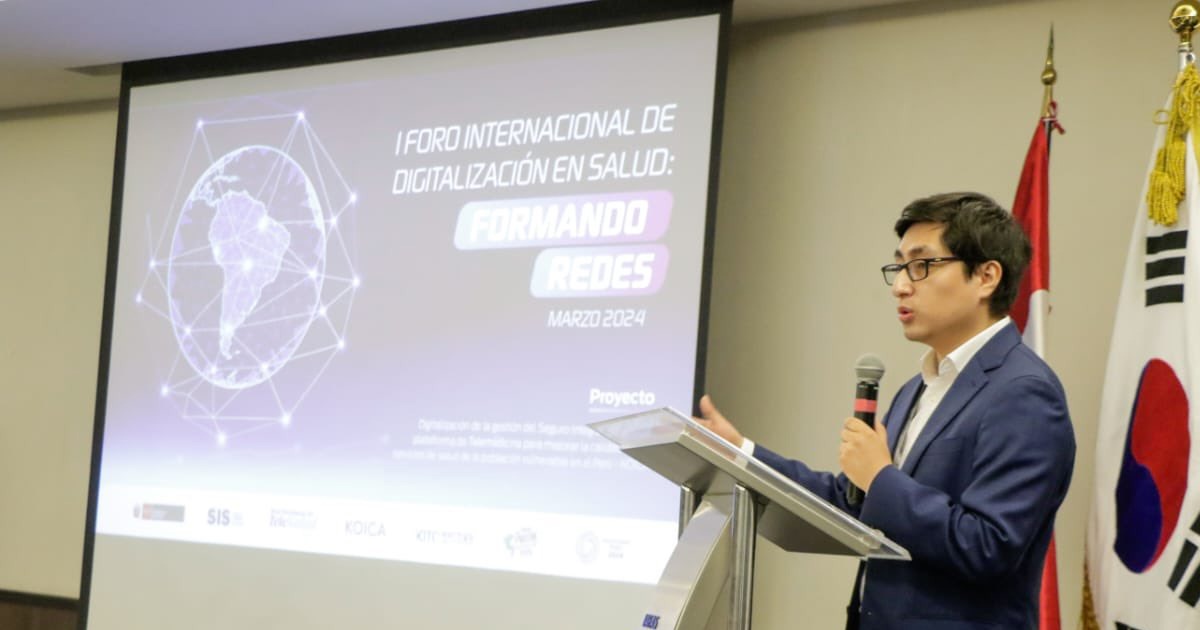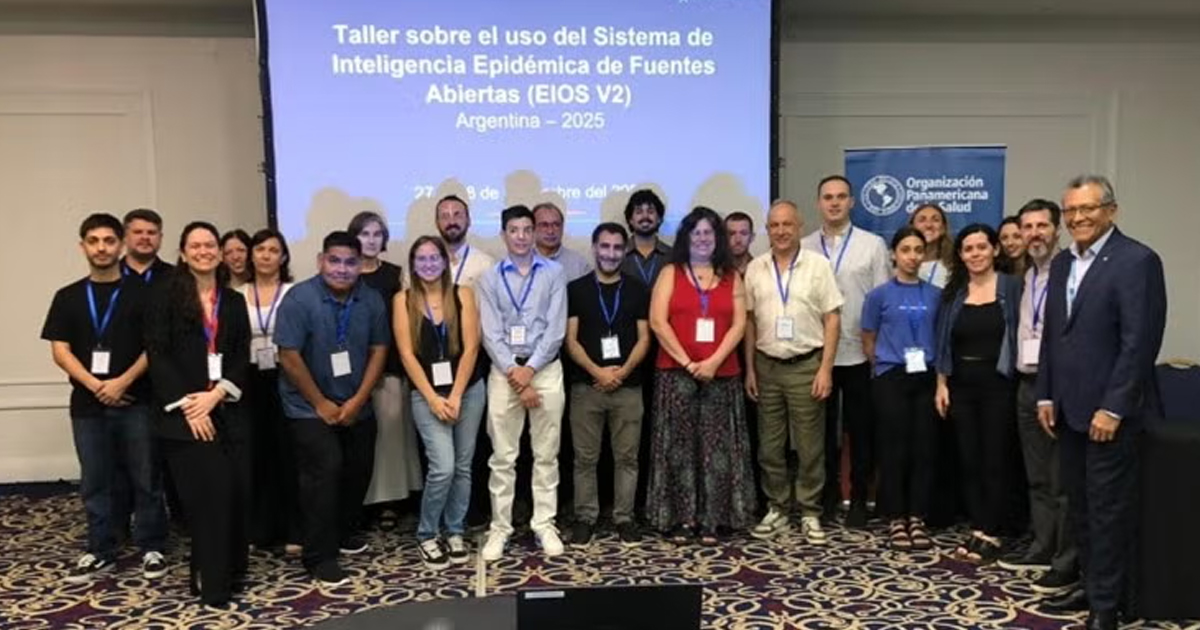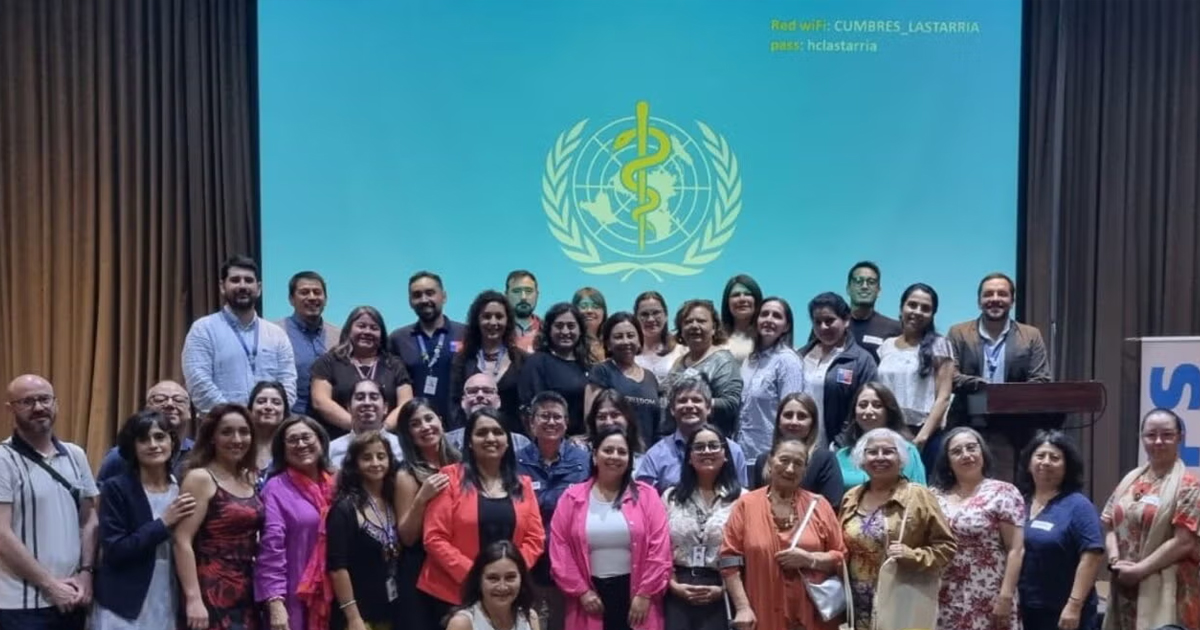El desarrollo tecnológico medirá la presión arterial por medio de las variaciones de los decibeles en las frecuencias de la voz y será posible monitorear si el paciente sufre de hipertensión por medio de una app en un teléfono móvil.
Los Estudiantes de la Universidad de Monterrey (UDEM), Brando Femat de la carrera Médico cirujano y partero y Antonio Manuel García de la Licenciatura en Creación de Negocios e Innovation Empresarial; desarrollaron la aplicación Zoivox que mide la presión arterial a través de la voz.
Ambos alumnos han trabajado la idea del proyecto desde el 2016, y al año siguiente desarrollaron el software inicial para continuar con las investigaciones, según la UDEM el software actual cuenta con el mismo grado de confiabilidad que un baumanómetro.
Femat explicó que la idea surgió por las necesidades que detectaron en centros de salud públicos por falta de instrumentos para medir la presión arterial. Durante una presentación en un evento de la universidad, explicaron la gravedad de padecer hipertensión arterial, enfermedad que afecta a uno de cada tres adultos en el mundo.

El estudiante de medicina también explicó cómo fueron los pasos iniciales del proyecto, cuando se encontraban en quinto semestre: “Me gustaba la idea de que las personas tuvieran algo sencillo, algo práctico, con lo que pudieran medir su presión arterial, me junté con Antonio y salió la idea de crear algo que fuera más práctico para las personas”.
La iniciativa de Femat y García fue seleccionada por el Laboratorio de Transformación Social de la UDEM y dos años después realizaron la primera prueba piloto, además de una solicitud al Comité de Ética de Investigaciones para recibir el aval de la Comisión Federal Para la Protección contra Riesgos Sanitarios (COFEPRIS).
Durante la prueba piloto, diseñaron el protocolo de investigación y desarrollaron una ecuación con factor predictivo entre la presión arterial baja y la alta considerando diferentes variables como peso, edad, sexo, talla e índice de masa corporal.
Femat, precisó que el margen de error es el mismo que el de los baumanómetros tradicionales, pero quieren lograr una precisión de 95%.
Este año los alumnos esperan registrar un logotipo para el proyecto, lanzar el primer prototipo de prueba y patentar el algorithm de diagnóstico. Y el próximo año lanzar el sistema y formar una base de usuarios de sistemas hospitalarios del área metropolitana de Monterrey para posteriormente, en 2022 lograr presencia a nivel nacional.
De esta forma el proyecto apunta a un mercado más abierto y que más pacientes tengan acceso a medir su presión arterial de manera regular de una forma práctica.







